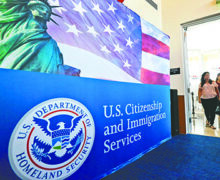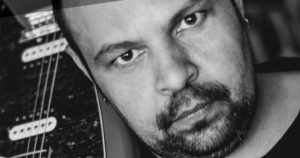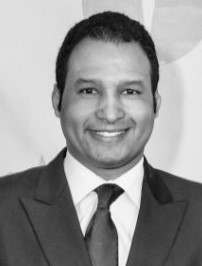America’s Mexican and Cuban Faces
Two thriving cities in the United States on each side of the country reflect the best of Hispanic America. Miami on the Atlantic Ocean in Florida, the very first Spanish European occupied territory in North America and Southern California on the Pacific Ocean, the first Spanish European occupied territory on the west coast of North America.
Southern California is not a city it is a region of 10 counties, hundreds of cities; consider Greater Southern California that includes Los Angeles, Orange County and San Diego, with a population pushing 18-million people. Miami is also a region not just a city or county.
These cities are different and the same. These cities share English and Spanish. They have myriad peoples; they both have larger-than-life immigrant communities. Miami immigrants vary from Haitians, to South and Central Americans but largely are Cuban in origin.
Southern California is anchored by Los Angeles County with 10-million people many of them Mexican in origin plus people from El Salvador and Guatemala. It also has a large Asian immigrant community complete with Koreatown, Little Tokyo. Orange County has Little Saigon and its Vietnamese and San Diego has Vietnamese, Korean and Chinese communities. All three counties share a large Filipino community. Asians outnumber Blacks in California.
The large Hispanic communities of Southern California and Miami live in what used to be safe predominately White enclaves that built railroads, industry, agriculture, education and business. Both cities were famous for sun, beaches, palm trees and retirement in South Florida and Los Angeles-Hollywood for movies.
Despite the social/cultural monopoly of, in the case of Los Angeles, the Midwestern Whites who came to build airplanes, to cultivate orange groves, create giant dairy farms and brought Major League Baseball, the people who founded Los Angeles in the 1770s were Spanish-subject Mexicans and they were the foundation upon which the region was built. Now they number in the millions. A Mexican American even owns the American League’s Los Angeles Angels baseball team.
In the case of Miami, refugees from snow came and basked in the sun and eventually bought condos built for them by hard charging developers who built, built and built. Early on, Cubans found their way across the 100-mile wide Florida Straight for myriad reasons, some were political, some economic; they brought their food, their language and they helped each other.
Then came 1959 and the Castro takeover of Cuba. The Castro brothers turned a one-man dictatorship into a Communist one that waged war on Cubans. Thousands left by whatever means, fleeing the Communist state for America where they could breathe free. They came to Miami, mostly without a dime in their pockets. Doctors, lawyers washed dishes. Others worked in construction. Others opened small stores or restaurants. Cubans did whatever they could to survive.
They found a sleepy little southern segregated town and helped turn it into a dynamic center of business and politics. The Cubans and other Latin Americans have created a new life in Miami that one sees everywhere. Spanish is spoken in stores, in restaurants, in hotels; it is interchangeable with English.
The difference between Miamians and Hispanics in Southern California is that they function inside buildings and the Californians function outside buildings.
Octavio Paz, Mexico’s Nobel Literature Prize winner wrote in his “Labyrinth of Solitude” that the very atmosphere in Los Angeles (Santa Ana, San Diego, Santa Barbara) was “Mexican.” From street names, to city names, Spanish and Roman Catholic names are the core nomenclature. The world doesn’t know Bakersfield; it knows Los Angeles, Santa Barbara, San Diego and San Francisco.
Miami lacks the all-enveloping Hispanic atmosphere of Southern California, yes. But one runs into it when one interacts with people. There are few Hispanic restaurants and stores in and around Miami Beach compared to Southern California where there are Mexican restaurants every twelve feet.
The Hispanics of Miami are predominately Cuban, in Southern California mostly Mexican. Another difference is that one feels that many of the older Cubans one meets would like return to Cuba because they were forced to flee their homeland for political reasons. The opposite is true in Southern California.
Mexicans have fled Mexico for economic reasons, poverty, safety and little future, but many have found a way of life that is better than at home and looks better for their children who, thanks to the Constitution of the United States are American citizens. Most have no desire to return to Mexico.
Core Hispanic communities have huge political influence the Miami and Southern California.
California’s last three powerful Legislature Speakers have been Mexican. In Florida, Senator Marco Rubio has led the way through the legislature and now the U.S. Senate in manifesting Hispanic political power. In Miami/Dade, over half of the state’s Hispanics live and that reflects in its politics.
Passion is the political trademark of Florida Hispanics. The coming battle for the Governorship between former Republican/Independent and now Democrat Charlie Crist and incumbent Republican Rick Scott is an example. We can expect Hispanic Republicans to reject former Republican Crist but will Hispanic Democrats (now a majority of Hispanics) accept a newly-minted Democrat who was a Conservative Republican governor just four years ago?
Miami and Southern California may be the best of Hispanic America, at once different, the same and, fascinating.

























